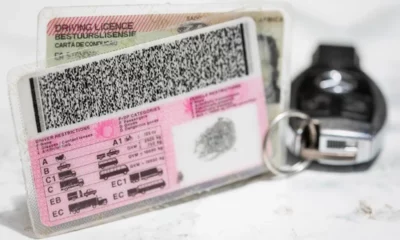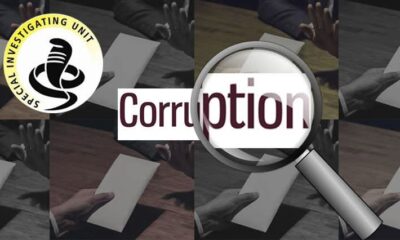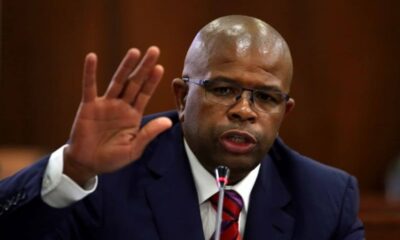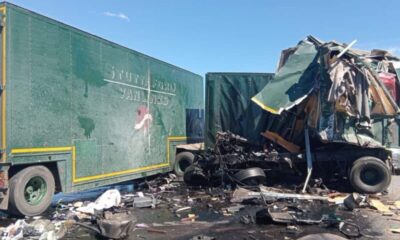News
Dream of a Fast Track: Jozi-to-Durban High-Speed Train Plans Back on Track
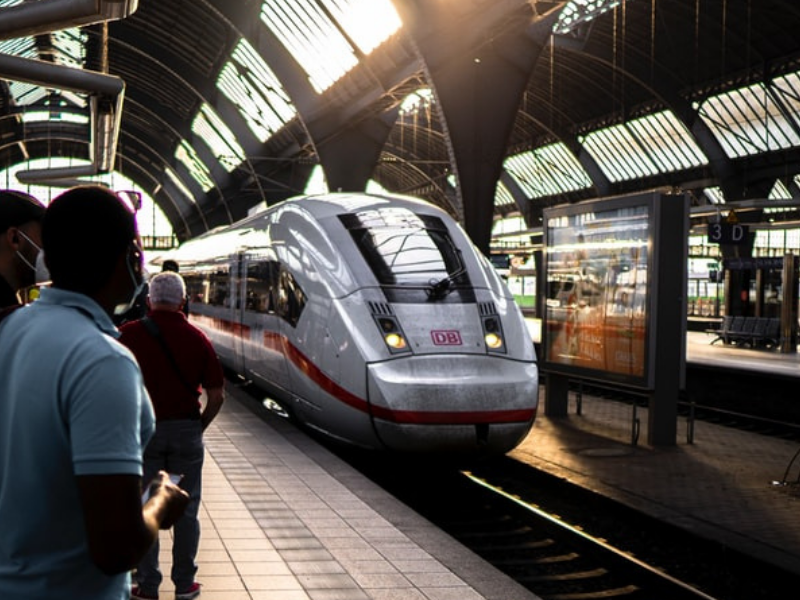
Dream of a Fast Track: Jozi-to-Durban High-Speed Train Plans Back on Track
South Africa’s long-dormant dream of a high-speed train linking Johannesburg and Durban is back on the national agenda, this time with a modern, inclusive twist.
The Department of Transport (DoT) has launched a Request for Information (RFI) process inviting private investors to bring ideas, funding models, and technology to shape a new era of regional rail, one that could redefine travel between major cities and towns.
Speaking at the launch, Transport Minister Barbara Creecy said the government is “testing the waters” for future 300 km/h high-speed lines by first developing 120 km/h regional trains that use the existing rail network.
“These trains will connect cities like Pretoria, Johannesburg, Polokwane, Musina, Mbombela, and Durban,” Creecy said. “The idea is to shorten travel times, reduce costs, ease pressure on our roads, and spark economic growth in towns along the routes.”
A Bold Vision, Grounded in Reality
Creecy, who played a role in the development of the Gautrain, knows big transport dreams take time. “It took three years to move from RFI to financial close, and seven years to complete Gautrain,” she reminded the public.
Her message is simple: South Africa must start now, even if the results are a decade away.
With public finances under strain, Creecy made it clear that private-sector participation is essential. But she stressed this is not privatisation, rather, a model where investors may build, operate, and eventually transfer infrastructure back to the state.
“Without private partners, we simply can’t expand the network. But once these systems are built, they belong to South Africans,” she said.
Building the Backbone of a Modern Rail System
The RFI doesn’t only focus on trains, it opens five major areas for innovation:
-
Smart Ticketing: A tap-and-go system for trains, buses, and taxis, eliminating queues and paper tickets.
-
Modern Maintenance Depots: Upgrading Prasa depots at Braamfontein and Wolmerton for faster repairs and better reliability.
-
Fibre Optic Network: Turning Prasa’s extensive fibre cables into income-generating broadband infrastructure.
-
Blue Trains and Manufacturing: Leasing modern “Blue Trains” and repurposing old yellow carriages for regional or continental use.
-
Regional Train Corridors: Rolling out faster regional lines across the country.
Creecy described the RFI process as “a critical step” to gather ideas before issuing formal tenders. The online portal, open from 26 October to 15 December 2025, allows investors to submit proposals directly.
From Gautrain to Growth Train
If this sounds familiar, it’s because South Africa has been here before. The Gautrain, launched in 2010, faced skepticism but went on to transform how Gautengers commute. It now stands as a symbol of what’s possible when public ambition meets private expertise.
The DoT’s latest vision extends beyond the wealthy commuter corridors, it aims to connect neglected regions like Musina and Mbombela, potentially reshaping local economies.
By 2030, the department hopes to grow passenger journeys from 77 million to 600 million annually, with rail forming the “cornerstone” of South Africa’s transport system.
Not Just a Train, A National Rebuild
Beyond the engineering and investment talk lies a bigger story: South Africa’s attempt to rebuild faith in public transport.
For years, collapsing rail infrastructure and cable theft have left millions stranded, forcing commuters onto expensive taxis and overburdened highways.
Creecy’s move signals a shift toward restoring rail as a national asset one that connects, rather than divides, the country.
“This is about rebuilding confidence, creating jobs, and opening doors for new investment,” she said. “Together, we can connect South Africans to the growth we all deserve.”
Public Reaction: Cautious Optimism
On social media, the response has been cautiously hopeful. Many users on X (formerly Twitter) called the idea a “game-changer” for regional travel, though some expressed doubts about delivery timelines.
“If they can make a Durban train happen before my retirement, I’ll be first in line,” one user joked.
Economists, meanwhile, have praised the public-private model, saying it’s the only realistic way to fund major infrastructure without burdening taxpayers.
“South Africa’s transport recovery depends on confidence, not just capital,” said transport analyst Thabo Moeketsi. “If this RFI attracts global players, it could put us back on the map.”
The Tracks Ahead
While the high-speed Johannesburg–Durban train remains years away, the conversation has restarted and this time, with a clearer blueprint for action.
With feasibility studies still pending and funding models being tested, the next year will determine whether this dream finally leaves the station.
For now, the DoT’s message is clear: South Africa can’t afford to stand still.
{Source: Moneyweb}
Follow Joburg ETC on Facebook, Twitter , TikTok and Instagram
For more News in Johannesburg, visit joburgetc.com



